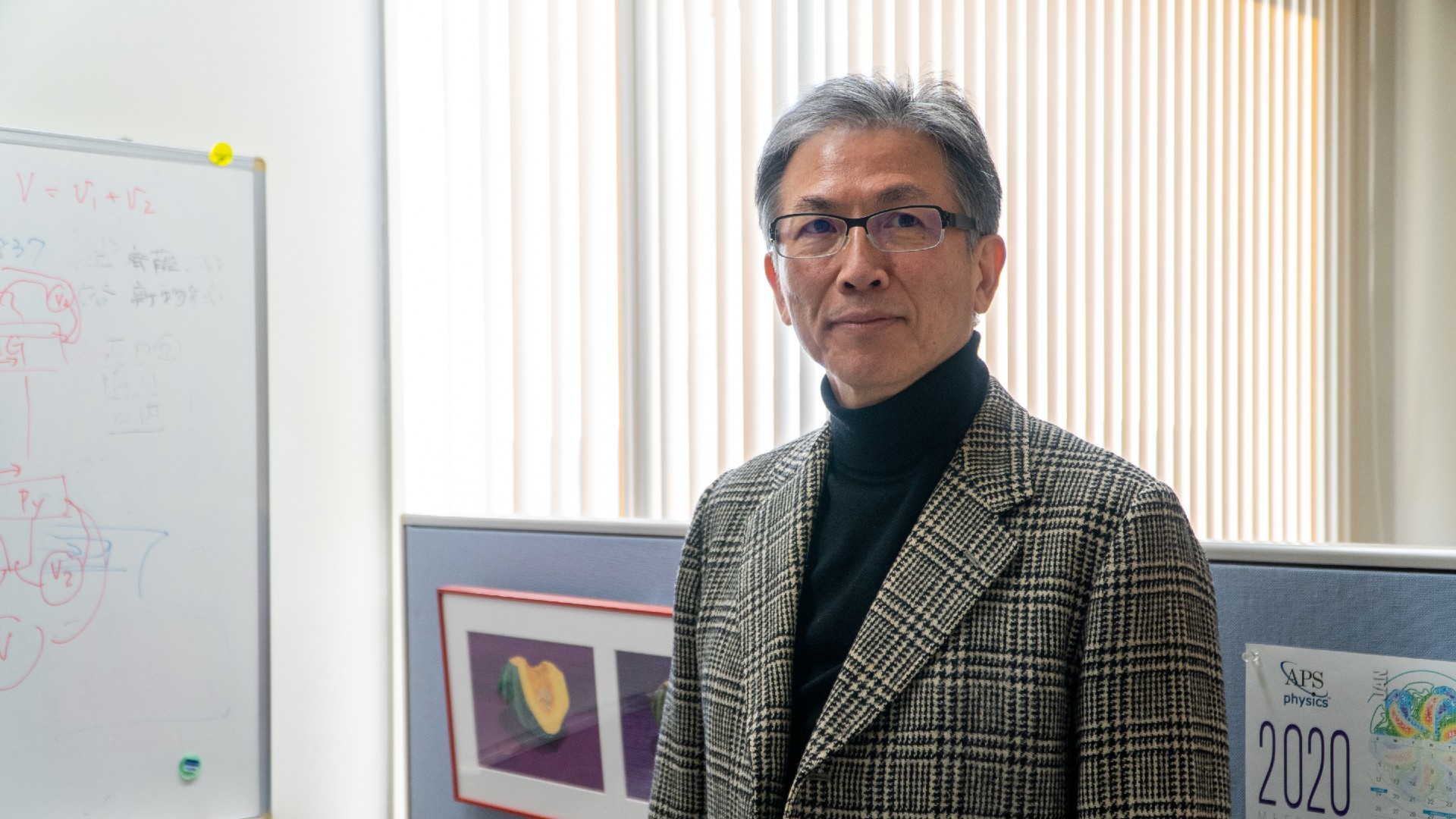INTRODUCTION OF LABORATORY
Otani group has been carrying out spintronics research since 2004. The group has developed static and dynamic electrical generation and detection techniques of the spin angular momentum flow, called spin current, the fundamental physical entity responsible for various spintronics phenomena such as a nonlocal spin valve, spin-transfer torque, spin-orbit torque, Edelstein effects, and spin Hall effects. The group's research interests have evolved into the development and elucidation of various novel spin-mediated conversion phenomena among quasiparticles such as electrons, magnons, phonons, and photons. These interconversion phenomena mentioned above arise from spin-orbit interaction inside, on surfaces, and at interfaces of solids. The group has demonstrated a significant Rashba Edelstein effect at the interface of various metal-oxide interfaces. The group has also recently discovered a new class of spin Hall effects, i.e., magnetic spin Hall effects in quantum materials, Mn3X (X=Sn and Ge) in collaboration with colleagues in the quantum materials group. The magnon-phonon coupling is also an important research topic in the group. The group has established the acoustic spin pumping method to inject an acoustic wave into ferromagnetic thin films. This method enabled the group to study the Magneto-rotation coupling, which is fundamentally different from the magneto-elastic coupling. Thereby, the group has succeeded in observing the 100 % rectification of surface acoustic waves propagating in an ultra-thin ferromagnetic thin film. The group has also demonstrated the manipulation of Skyrmion creation and annihilation by using surface acoustic waves. The final goal of the group is the realization and understanding of new spin-mediated coupling among various quasiparticles.
Magnetic spin Hall effect in a non-collinear antiferromagnet: discovery of a magnetic contribution to the spin Hall effect. (a) Schematic of the spin-accumulation device: Ferromagnetic and non-magnetic electrodes contact a top surface of a microfabricated Mn3Sn. (b) The magnetic inverse spin Hall effect originates the spin-accumulation signal. Opposite signs of the hysteresis appear after reversing the spins of Mn,3Sn. The corresponding spin structures of Mn,3Sn are shown in the inset.
The spin-charge current conversion at the molecule/metal interface was observed by employing the spin pumping method. (a) The schematics of the PbPc/Cu interface and the spin pumping measurement. (b) Spin pumping induced voltage signal originated in the spin-charge current conversion. (c) Scanning tunneling microscopy image of a single layer PbPc film on Cu(111).
















